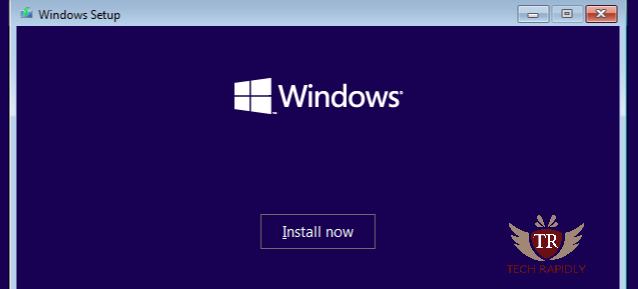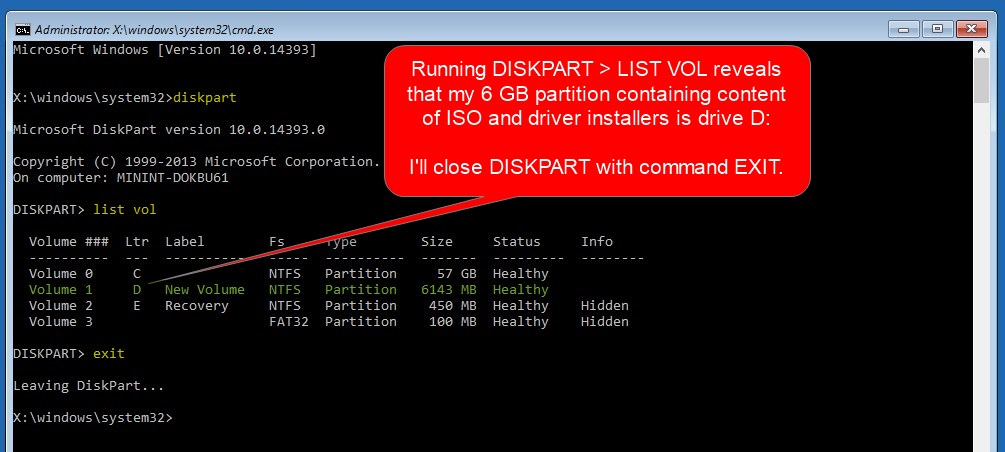

Once all the partitions are gone you will be left with unallocated space. Each means ALL But do you mean ALL? Yes, All. Click “Custom”.Ĭlick on each partition of the target drive and select delete. Here you can either enter your license code or, if Windows has been installed to this computer before, click on the “I don’t have a product key” link.Ĭontinue on until you hit the “Which type of installation do you want?” screen. You can do this by entering your systems’ BIOS and change the BIOS boot order to have USB media as the first priority (this can usually be found under the boot tab), or simply look for the words “boot menu” when you see your BIOS boot screen, press the corresponding function key and choose the USB flash drive to boot from it.įollow the steps on screen to install Windows 10.Ĭontinue on until you hit the license key screen.

It is best to disconnect all storage disks except from the main (C Drive) disk from the computer before installing Windows 10.īoot into your USB that has the Windows 10 Media on it. This will also wipe any data stored on the USB flash drive. Using a USB flash drive at least 8 gigabytes in size, create a bootable USB flash drive using the Media Creation Tool from Microsoft. Please ensure you have an adequate backup policy in place before proceeding if you have files of value. Warning: All files on the drive you plan to install Windows to will be deleted if you follow this guide - this is intended. This site uses Just the Docs, a documentation theme for Jekyll. Making a GPT Partition Table in Diskpart.Securing Data Before Device Disposal or Transfer.Reading Machine Temperatures & Voltages.


 0 kommentar(er)
0 kommentar(er)
